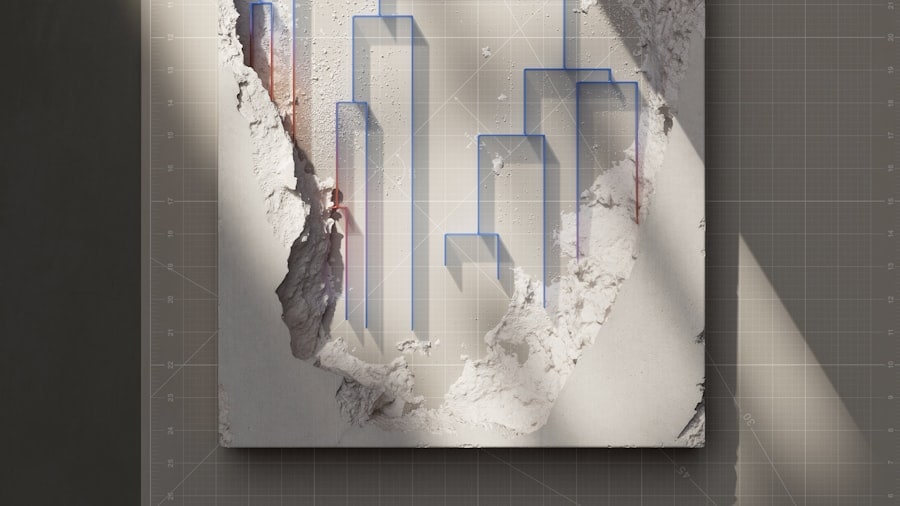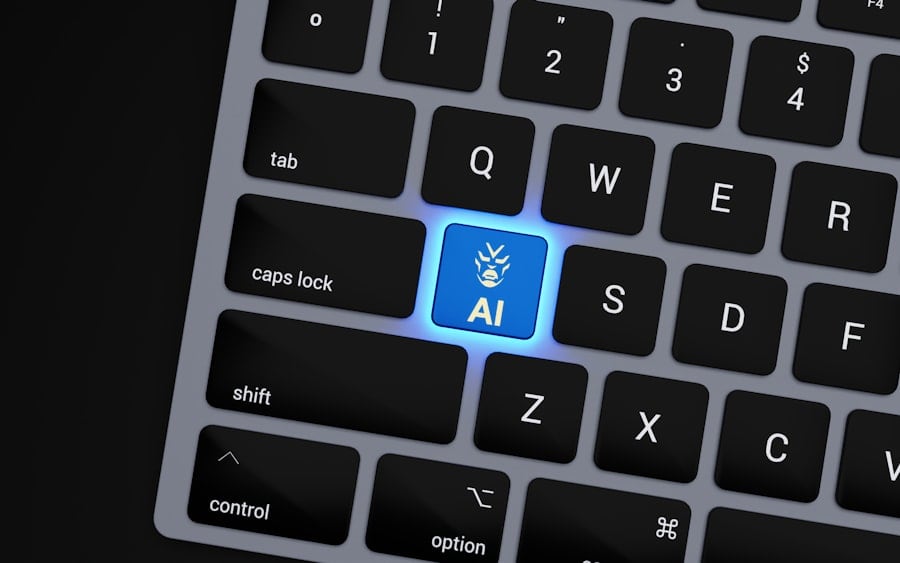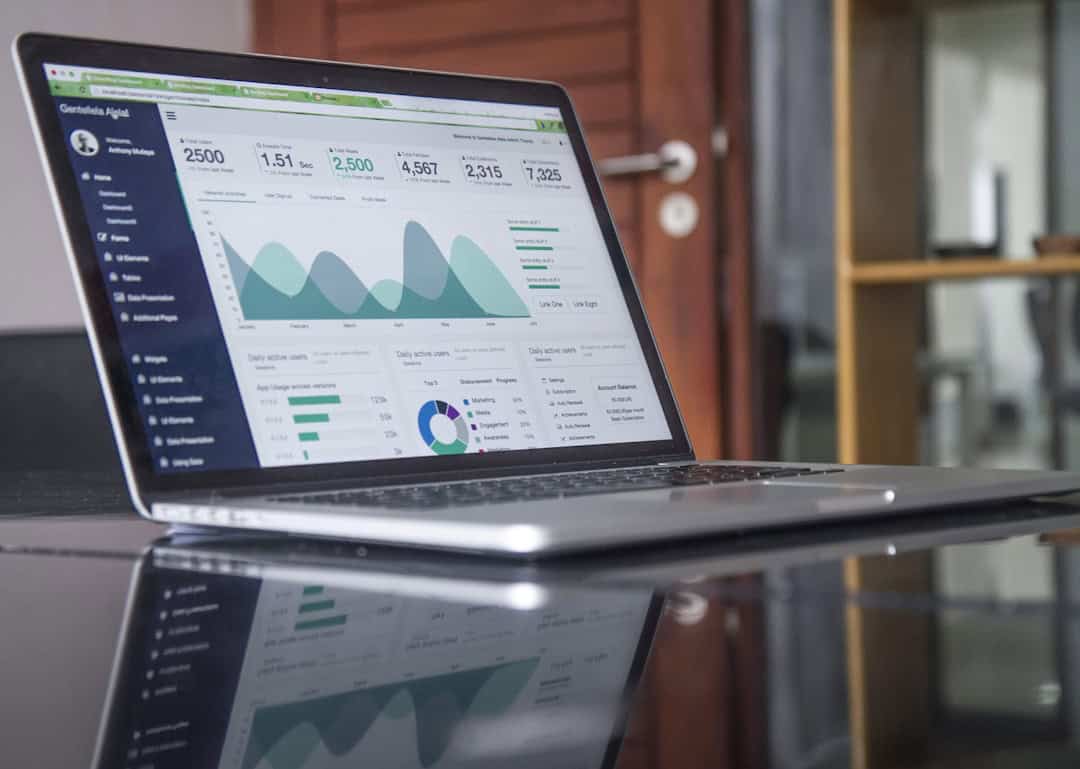Image recognition is a fundamental aspect of artificial intelligence (AI) that enables computers to analyze and interpret visual information from digital images or videos. This technology has significantly impacted numerous sectors, including healthcare, automotive, and retail industries. A pivotal advancement in image recognition was the introduction of AlexNet, a deep convolutional neural network that substantially enhanced the accuracy of image classification tasks.
AlexNet was created by researchers Alex Krizhevsky, Ilya Sutskever, and Geoffrey Hinton in 2012. It achieved a landmark victory in the ImageNet Large Scale Visual Recognition Challenge, representing a significant milestone in computer vision research. Since its inception, AlexNet has become a foundational model in image recognition technology and has inspired the development of more sophisticated deep learning architectures.
Key Takeaways
- Image recognition is the process of identifying and detecting an object or feature in a digital image or video.
- AlexNet is a deep convolutional neural network that significantly improved the accuracy of image recognition tasks.
- Image recognition plays a crucial role in various AI applications such as autonomous vehicles, medical imaging, and security systems.
- AlexNet revolutionized image recognition technology by significantly reducing error rates and improving the accuracy of image classification.
- The architecture of AlexNet consists of multiple layers of convolutional and fully connected neural networks, enabling it to learn and recognize complex patterns in images.
The Importance of Image Recognition in AI
Image recognition plays a vital role in AI as it enables machines to analyze and understand visual data, similar to how humans perceive and interpret images. This capability has numerous practical applications, such as object detection, facial recognition, medical imaging analysis, autonomous vehicles, and more. In healthcare, image recognition technology can assist in diagnosing diseases from medical images, while in retail, it can be used for inventory management and customer behavior analysis.
The ability of AI systems to accurately recognize and interpret images has the potential to streamline processes, improve decision-making, and enhance user experiences across various industries. As the demand for AI-powered image recognition continues to grow, the development of advanced models like AlexNet becomes increasingly important in pushing the boundaries of what is possible in computer vision.
The Impact of AlexNet on Image Recognition Technology

AlexNet’s victory in the ImageNet competition marked a significant turning point in the field of image recognition technology. Prior to AlexNet, traditional machine learning algorithms struggled to achieve high accuracy in image classification tasks due to the complexity and variability of visual data. AlexNet’s innovative architecture and design demonstrated the potential of deep learning models in significantly improving image recognition accuracy.
The success of AlexNet inspired researchers and developers to explore the capabilities of deep learning in computer vision, leading to the development of more advanced neural network architectures and algorithms. This has paved the way for breakthroughs in image recognition technology, enabling AI systems to achieve human-level performance in tasks such as object recognition, scene understanding, and image generation.
The Architecture and Design of AlexNet
| Layer | Details |
|---|---|
| Input | 227x227x3 RGB image |
| Convolutional Layer 1 | 96 filters of size 11x11x3, stride 4, ReLU activation |
| Max Pooling Layer 1 | 3×3 max pooling, stride 2 |
| Convolutional Layer 2 | 256 filters of size 5x5x48, padding 2, ReLU activation |
| Max Pooling Layer 2 | 3×3 max pooling, stride 2 |
| Convolutional Layer 3 | 384 filters of size 3x3x256, padding 1, ReLU activation |
| Convolutional Layer 4 | 384 filters of size 3x3x192, padding 1, ReLU activation |
| Convolutional Layer 5 | 256 filters of size 3x3x192, padding 1, ReLU activation |
| Max Pooling Layer 3 | 3×3 max pooling, stride 2 |
| Fully Connected Layer 1 | 4096 neurons, ReLU activation |
| Fully Connected Layer 2 | 4096 neurons, ReLU activation |
| Output Layer | 1000 neurons for ImageNet classes, softmax activation |
AlexNet is a deep convolutional neural network consisting of eight layers, including five convolutional layers followed by three fully connected layers. The architecture is designed to extract hierarchical features from input images through multiple layers of convolutional filters and pooling operations. This allows the network to learn complex patterns and representations that are essential for accurate image classification.
One of the key innovations of AlexNet is the use of rectified linear units (ReLU) as the activation function, which helps accelerate the training process by mitigating the vanishing gradient problem. Additionally, AlexNet incorporates techniques such as data augmentation, dropout regularization, and overlapping pooling to prevent overfitting and improve generalization performance. The design of AlexNet also introduced the concept of using multiple GPUs for training deep neural networks, which significantly accelerated the training process and enabled the efficient processing of large-scale visual data.
These architectural advancements have set a new standard for deep learning models in image recognition and have influenced the development of subsequent neural network architectures.
The Advantages of Using AlexNet for Image Recognition
AlexNet offers several advantages for image recognition tasks, including high accuracy, scalability, and efficient training. The deep convolutional architecture of AlexNet allows it to capture intricate features from input images, enabling it to achieve state-of-the-art performance in image classification benchmarks. Furthermore, AlexNet’s design is scalable, allowing it to handle large-scale visual datasets with millions of images.
This scalability is essential for real-world applications where AI systems need to process vast amounts of visual data efficiently. Another advantage of using AlexNet is its efficient training process, thanks to the utilization of multiple GPUs for parallel processing. This enables researchers and developers to train deep neural networks faster and more effectively, reducing the time and computational resources required for model development.
Applications of AlexNet in Various Industries

The impact of AlexNet extends across various industries, where its advanced image recognition capabilities have been leveraged to drive innovation and improve processes. In healthcare, AlexNet has been used for medical image analysis, including the detection of tumors in MRI scans and the classification of skin lesions in dermatology. In the automotive industry, AlexNet has contributed to the development of autonomous vehicles by enabling object detection and scene understanding from visual input.
This technology has the potential to enhance road safety and revolutionize transportation systems. Furthermore, in retail and e-commerce, AlexNet has been applied to tasks such as product recognition, visual search, and recommendation systems, providing personalized shopping experiences for consumers.
The Future of Image Recognition with AlexNet and AI
The future of image recognition with AlexNet and AI holds tremendous potential for further advancements in computer vision technology. As AI continues to evolve, we can expect to see more sophisticated deep learning models that surpass the capabilities of AlexNet in terms of accuracy and efficiency. One area of focus for future research is improving the interpretability of AI systems in image recognition.
By enhancing the transparency and explainability of neural network decisions, researchers aim to build trust and confidence in AI-powered image recognition applications. Additionally, the integration of AI with other emerging technologies such as augmented reality (AR) and virtual reality (VR) presents new opportunities for immersive visual experiences and interactive applications. As AI continues to permeate various aspects of our lives, image recognition technology will play a pivotal role in shaping the future of human-machine interaction and driving innovation across industries.
With ongoing research and development efforts, we can expect to see even more remarkable advancements in image recognition with the continued influence of models like AlexNet.
If you’re interested in the intersection of technology and reality, you might want to check out this article on augmented reality (AR). Just like AlexNet revolutionized the field of computer vision, AR is changing the way we interact with the world around us by overlaying digital information onto our physical environment. As we continue to explore the possibilities of integrating physical and virtual spaces, the potential for parallel worlds in the metaverse, as discussed in this related article, becomes even more intriguing.
FAQs
What is AlexNet?
AlexNet is a deep convolutional neural network that was designed by Alex Krizhevsky, Ilya Sutskever, and Geoffrey Hinton. It was the winning entry in the ImageNet Large Scale Visual Recognition Challenge in 2012.
What is the significance of AlexNet?
AlexNet is significant because it demonstrated the potential of deep learning and convolutional neural networks for image recognition tasks. It significantly outperformed previous methods and helped to popularize deep learning in the field of computer vision.
How does AlexNet work?
AlexNet consists of multiple layers of convolutional and fully connected neural network layers. It takes an input image, processes it through the layers, and produces a set of outputs that represent the probabilities of the image belonging to different classes.
What are some applications of AlexNet?
AlexNet and similar convolutional neural networks are used in a wide range of applications, including image recognition, object detection, facial recognition, and medical image analysis.
What are some limitations of AlexNet?
While AlexNet was a breakthrough in its time, it has since been surpassed by newer and more advanced convolutional neural network architectures. It also requires a large amount of computational resources and data for training.











Leave a Reply